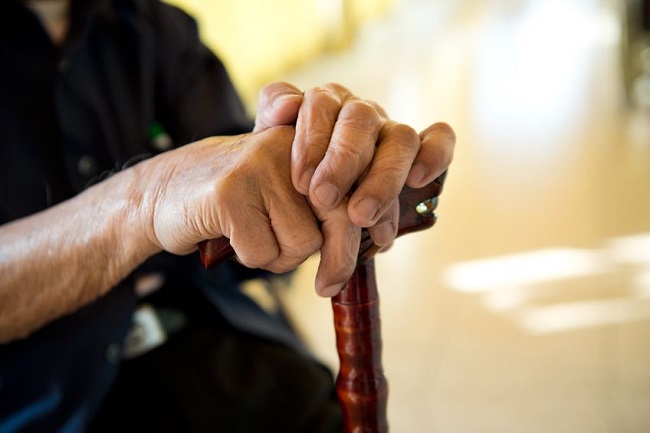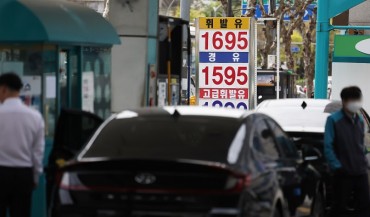
The demographic shift is expected to become more striking in the future. Statistics Korea is predicting that by 2045, 1.14 million Busan residents will be classified as elderly. (Image:Kobiz Media)
SEOUL, Jul. 15 (Korea Bizwire) — Just this past month, Busan has seen eight citizens pass away in complete solitude.
The phenomenon of dying in solitude, though on the rise among the younger generation and those living in single-person households, is still mostly observable among the elderly. Among the eight deaths in Busan, five were elderly persons.
Though there are reported cases of people dying alone in other regions, Busan has reported by far the most cases of the tragedy. On July 12, a 50-year-old man was found dead in his one room apartment. The next day, the body of a deceased 56-year-old man was found in an apartment. They had been dead for three months and six days, respectively.
One of the reasons laid out for why there are more deaths in Busan is that the population is aging more rapidly than in any other region in Korea. In 2010, the elderly population comprised 11.7 percent of the total population. The ratio has since grown further, with the elderly population accounting for 15.3 percent of the total last year.
The demographic shift is expected to become more striking in the future. Statistics Korea is predicting that by 2045, 1.14 million Busan residents will be classified as elderly. That would give Busan the highest ratio of elderly to total population in the country.
Busan’s social welfare system is woefully unprepared for the task at hand and for the future. Rated as a “disaster”, Busan ranked seventh on a list of the lowest rated social welfare systems when taking into account multiple factors such as the total number of social workers.
The quality of social welfare outreach programs in individual neighborhoods of Busan were ranked near the bottom of the list. Furthermore, some neighborhoods were shown to have high suicide rates among elderly residents.
Lee Mi Kyung, co-director of the Busan Metropolitan Area Suicide Prevention Center, stressed the importance of connection to the local community in lowering suicide rates and limiting the number of elderly individuals who die alone. “The issue of depression among the elderly needs to be paid attention to, and areas in Busan where suicide and deaths are high need concentrated efforts by mental health professionals,” she added.
By S.B.Woo(editor@koreabizwire.com)






